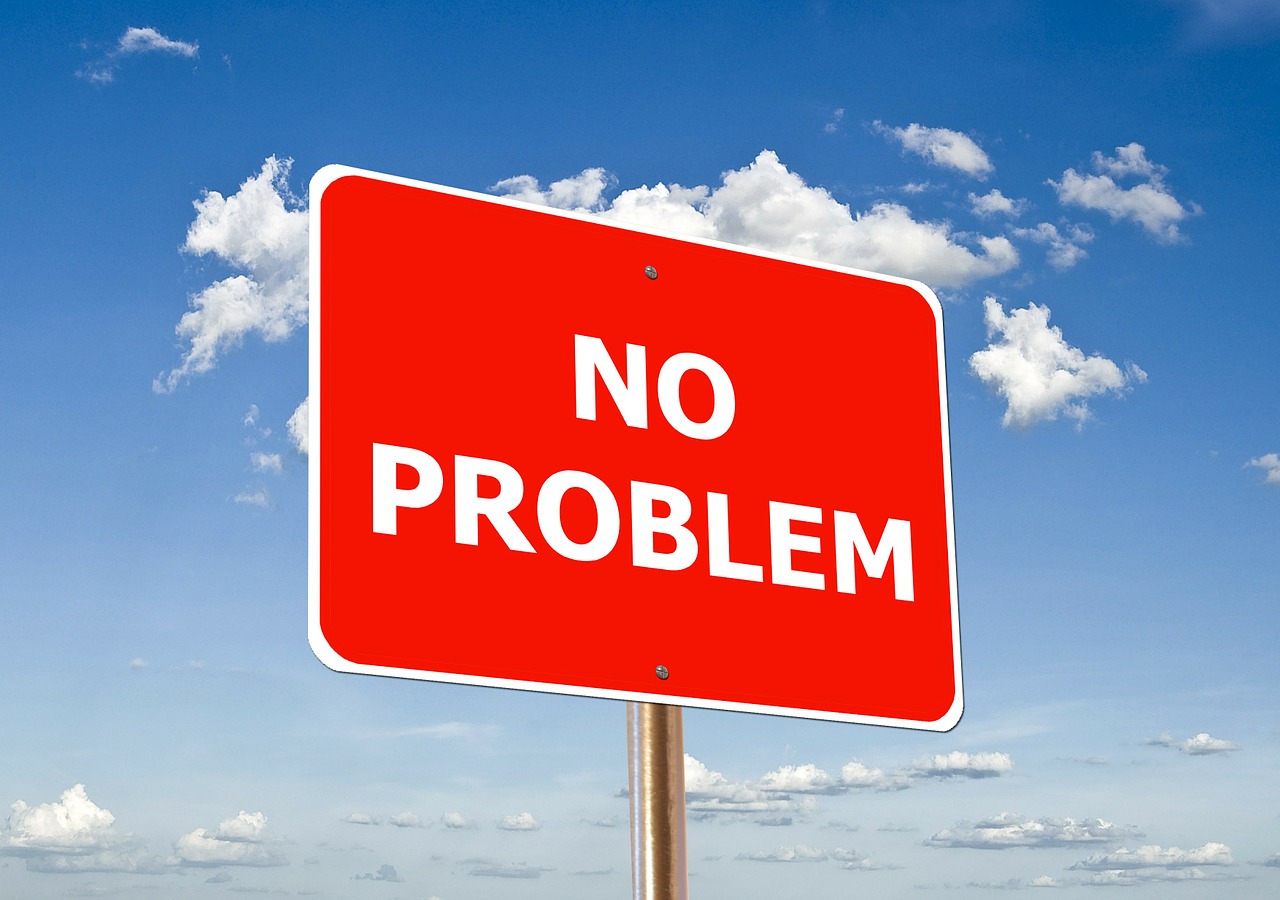My Successful Kaizen Program is Good Enough, Right?
3 minutes, 39 seconds read

If you’re working with a team member who is asking if your successful kaizen project is good enough, then you know there’s still some education to do. After all, kaizen is about ongoing, continuous improvement. While a kaizen event be constrained by a finite timeline, a kaizen culture is always looking for ways to get better.
This question just goes to show that even established programs may occasionally face pushback. In fact, different stages of kaizen culture may face a range of different objections. We’ve covered just a handful of the objections you may face at each stage—and how to overcome them.
Early Stage Kaizen
Organizations that have heard the kaizen buzz but aren’t quite sure how to leverage it may feel at first that they’re facing an uphill battle. Change is hard and it can be tough to get needed buy-in. But the benefit these groups face is that there are typically lots of areas where small improvements can mean a big return. Here are some of the objections these organizations face.
Objection 1: It’s too complicated. It doesn’t have to be. Start small. Beginning with a kaizen event to solve one specific problem can help your team members understand the real goal of kaizen culture. It’s not about introducing a whole new language and suite of tools: it’s about making people’s jobs easier.
Objection 2: No resources to allocate. There’s plenty of data available that demonstrates kaizen projects can have a powerful ROI. Having one continuous improvement advocate start with small projects may generate the momentum needed to build a budget for broader kaizen training.
Mid-Stage Kaizen
As organizations begin to recognize the benefits of continuous improvement, there’s often a struggle to make the transition to a kaizen culture. It’s through this culture that employees begin to automatically seek opportunities to improve. Harnessing those ideas, however, can present its own challenges. Below are a few objections organizations may face in this stage of their continuous improvement program.
Objection 1: We can’t implement all of these ideas. That may very well be true. Companies at this stage may not have an established process to demonstrate where ideas sit in the implementation pipeline. Software solutions such as the Rever app can help streamline this process and provide valuable visibility for employees who want to know they’re being heard.
Objection 2: We had a lot of initial excitement around kaizen but that’s now lagging. As mentioned above, when employees don’t see their ideas being implemented, they may lose momentum. Providing more visibility into the process of gauging which ideas to implement can help. So too can giving ownership of testing an idea to the employees who present it. Celebrating or incentivizing regular idea submission also can build momentum—so long as there’s already a process in place for acting upon those ideas.
Objection 3: The suggestions being implemented don’t always lead to improvements. There may be some training to do here around goal setting and testing. Reviewing the PDCA Cycle may help. Before implementing an improvement, it’s important to test it, and likely retest it, until it provides the desired results.
Established Kaizen
Organizations with a powerful continuous improvement culture may be surprised to discover that their continuous improvement programs become less impactful over time. With more low-hanging fruit captured, there may fewer readily implementable ideas to drive truly meaningful improvement. That, in itself, presents an opportunity to improve. Objections these organizations may face include the following:
Objection 1: We’ve taken kaizen as far as we can. It may be time for a leap forward. Many companies are finding that they must embrace Industry 4.0 practices to reap greater rewards from their improvement programs. Of course, implementing a digital transformation benefits hugely from the framework that continuous improvement can provide.
Keep up the momentum to keep improving
No matter the stage of your organization’s kaizen implementation, you’re likely to face a few hurdles. Fortunately, there’s no better framework than kaizen for moving through challenges. With a passionate continuous improvement leader at the helm, committed kaizen cultures can keep moving forward.
Like this content? Sign up for our Newsletter
[hubspot type=form portal=561211 id=fda6d445-739e-4072-8dae-68b94971a266]THE FRONTLINE DOJO
More Articles
How to develop the next billion Knowledge Workers
3 minutes, 51 seconds read
Digital transformation in manufacturing is not what you think it is
10 minutes, 36 seconds read
The human side of change management: lessons learned from Toyota, Airbus, and Silicon Valley
1 minute, 28 seconds read
The true meaning of Genchi Genbutsu
3 minutes, 5 seconds read